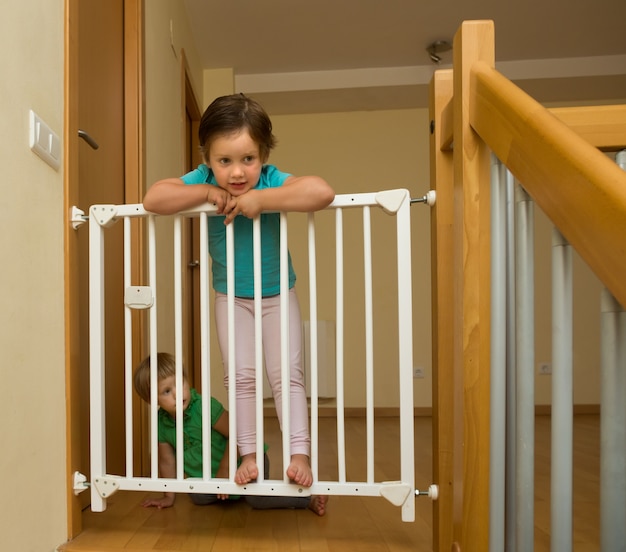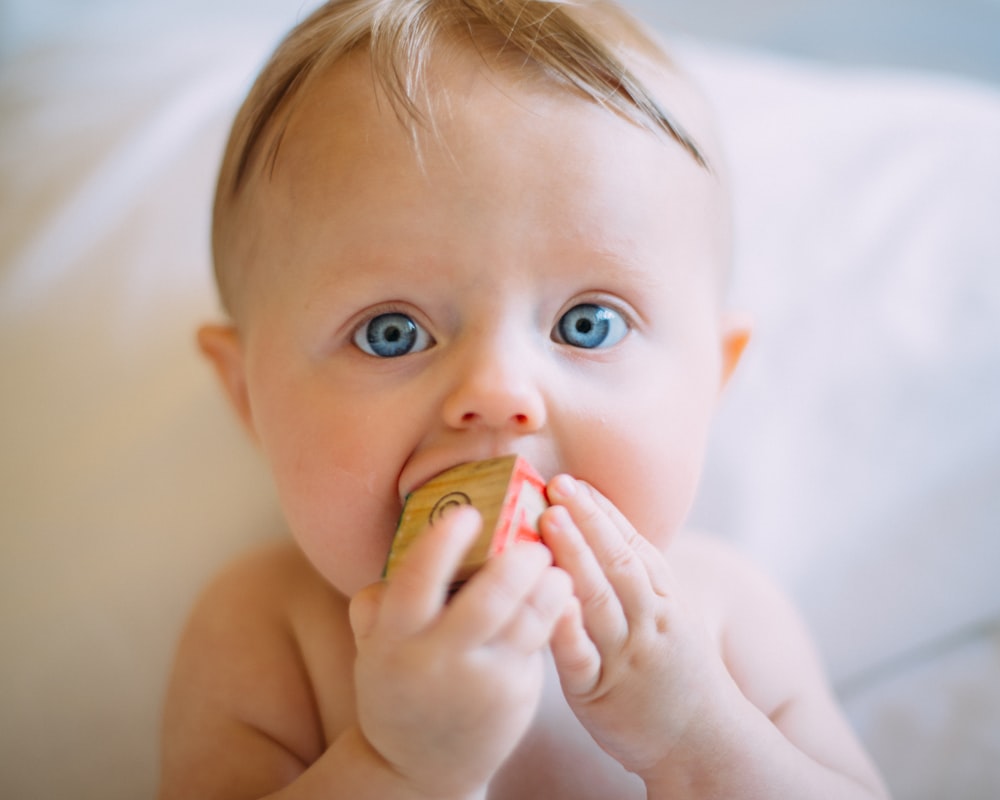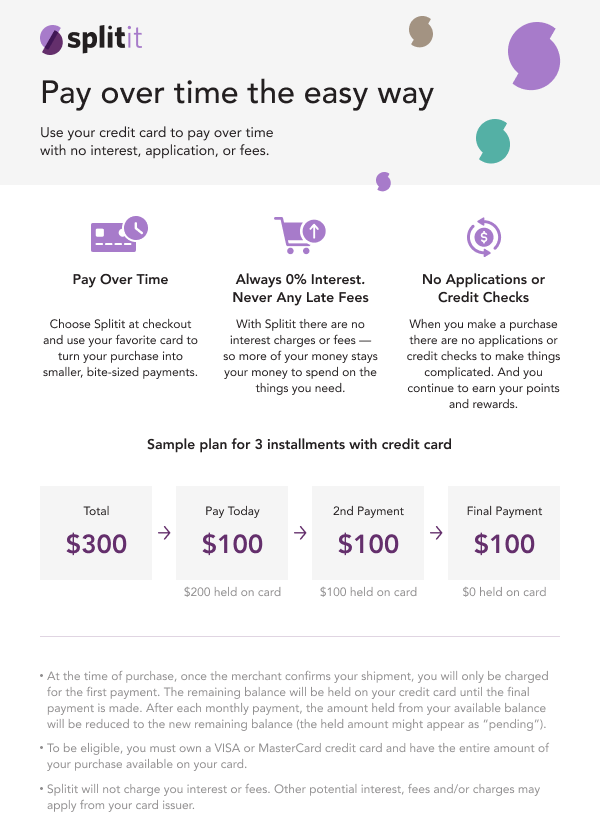Babyproofing Home: How To Do It
If you’re expecting, don’t think it’s too early to start babyproofing home. Before you know it, these little munchkins start crawling around, endangering themselves. With all the potentially hazardous materials, sharp edges, and stairs, it’s better to be safe than sorry.
Even if you already have a toddler and just moved to a new place, the following guide is what you need. After all, these tiny fingers can get to places you wouldn’t think of.
So, keep reading to know more about how to babyproof your home and maintain a secure environment for your loved little ones.
What Babyproofing Is and When To Start
Babyproofing is the process of creating an environment where your kids get to play and move freely. It’s not about building a playroom for them to stay inside. Rather, they should be able to be wherever they want without the possibility of harming themselves.
You see, there are tons of dangers in your house you may not notice at first glance because you’re an aware adult. For toddlers, many of these hazards are unrecognizable. This includes unstable furniture, hot surfaces, sharp edges, etc.
Thus, all you need to do is identify those risk areas and try to shield your child against them. In general, you don’t have to look for the latest products for safeguarding your family. Instead, what’s more important is following your intuition.
Although you may think it’s too early to start babyproofing your home, you should start doing it during pregnancy. It’s also possible to tackle such a task after delivery, but getting it out of the way as early as possible is quite assuring.
In all cases, you should get it over with before your little bundle of joy turns four months. It’s when they start to get mobile, rolling over and reaching for stuff.
Beyond that, you’ll need to recheck your safety measures now and then. That’s because the older your child becomes, the more items you’ll need to childproof.
How To Babyproof Your House

Generally, there are a few safety essentials to keep in mind while babyproofing your house. Check out the following ideas to help you out.
- Covering Electricity Outlets: At a certain age, children love to stick small objects or even their fingers inside electricity outlets. Therefore, you need to use covers to keep those outlets out of sight. Moreover, you should also take care of any loose cords.
- Installing Carbon Monoxide and Smoke Detectors: These detectors are vital and can be life-saving. So, make sure to check them every month and make sure they’re working properly.
- Having Safety Gates: Installing baby safety gates is a must. They can prevent horrible accidents, especially if you have high stairs. Not only that, but they also help keep your baby out of hazardous areas, such as the kitchen, garage, or laundry room.
- Getting a First Aid Kit: Having a first aid kit around is also vital. Besides, it’s also crucial that you and any other caregiver in the family get infant CPR training.
- Securing Furniture: Wobbly furniture can pose a tremendous risk to toddlers. Thus, it’s a must to take proper safety measures to prevent any large household items from tipping over and falling. This includes dressers, shelves, TVs, cabinets, lamps, etc.
- Taking Care of Slippery Floors: Slippery floors can be dangerous for you and your running child. So, you should always consider carpeting those floors. Moreover, make sure to prevent your kids from running over them, especially while wearing socks.
- Removing Choking Hazards: Don’t forget to constantly check for small items your kid can swallow. Whether on the floor or tables, these objects can be life-threatening.
- Checking the Paint: Believe it or not, millions of houses across the country still have lead paint. If ingested, it can cause many issues in the long run. So, you’d better consult a professional about it.
- Using Cordless Window Blinds: To avoid strangulation risks, you need to consider installing cordless window blinds. Alternatively, you may try to keep your already existing blind cords out of reach by tying or shortening them.
How To Babyproof the Nursery
Once you’re done with all the general babyproofing, it’s time to check your house room by room.
Check out the following tips to keep your baby safe.
- Remove any soft materials from your baby’s crib to prevent the risk of suffocation. This includes blankets, teddy bears, pillows, etc.
- Make sure to use a firm and tight-fitting mattress.
- Place the crib away from the windows.
- Select the right changing table with guardrails, and don’t ever leave your baby on it unattended.
- Adjust the mattress to the lowest setting once your baby starts to pull up.
- Once your kid is old enough to climb out of their crib, it’s time to move to a low bed or mattress on the floor.
- Use a toy box without a cover to prevent your kids from getting stuck inside or hurting their tiny fingers.
- Never allow your child who’s less than six years old to sleep on the top bunk of a bunk bed.
How To Babyproof the Kitchen
The kitchen is probably the most dangerous area of your house, especially the modern open-concept design. From toxic cleaners to sharp objects, take a look at some helpful tips to childproof it in the best way possible.
- Keep all cleaning products and chemicals locked up far from reach (Try to replace some of these products with non-toxic alternatives).
- Store away all plastic bags, wraps, and containers away from children.
- Unplug all the appliances that aren’t being used at the moment.
- Store sharp tools, knives, and matches in high cabinets or locked drawers.
- Use door latches on all kitchen cabinets and drawers, especially those with dangerous items inside.
- Place a door lock on the fridge, oven, and microwave.
- Attach knob covers on your gas stove.
- Turn the pot and fryer handles towards the back of the stove while in use.
- Avoid placing hot plates or liquids near the edges of your kitchen counters.
How To Babyproof the Bathroom
Although the bathroom is one of the places out of reach for babies, it becomes busier when they get older. From bubble baths to potty training, those activities come with risks you’d better avoid.
Try the following hacks for babyproofing your bathroom.
- Just like the kitchen, bathroom cabinets can contain harmful products. So, you may want to install locks for them.
- Toilet seat locks are also essential for keeping those curious little fingers away.
- Set the water heater to a safe temperature (less than 120° F).
- Place non-slip pads inside the bathtub.
- Keep the trash can inside a locked cabinet or high out of reach.
How To Babyproof the Living Room
Well, the living room is where the family spends the most time. Moreover, it can contain the most random stuff. That’s why this part of your house may require the most attention.
Here are some living room babyproofing ideas.
- Use corner guards on furniture with sharp corners, such as the coffee table.
- Install window guards to keep open windows safe for your children to look out of.
- Place a screen in front of the fireplace or radiator.
- Never leave your unattended toddler in a room with a fireplace, and make sure to teach your children the dangers of playing near fire.
- If you own a gun, you must keep it unloaded inside a locked and safe place. According to a study done by the National Institutes of Health, almost 10% of the deaths caused by firearms are unintentional.
Conclusion
Babyproofing home may require a lot of time and energy. Yet, it’s definitely a top priority that’s worth the effort. After all, there’s nothing more important than keeping your family protected.
So, before your baby arrives, make sure to take all safety measures, from the nursery room to the kitchen. It’s best to begin during pregnancy or soon after delivery, focusing on simple things like covering outlets and securing furniture.
As your child grows, keep reassessing and adapting additional measures according to the needs of each space. Remember, your goal is to create a secure environment where your kid can explore safely.





